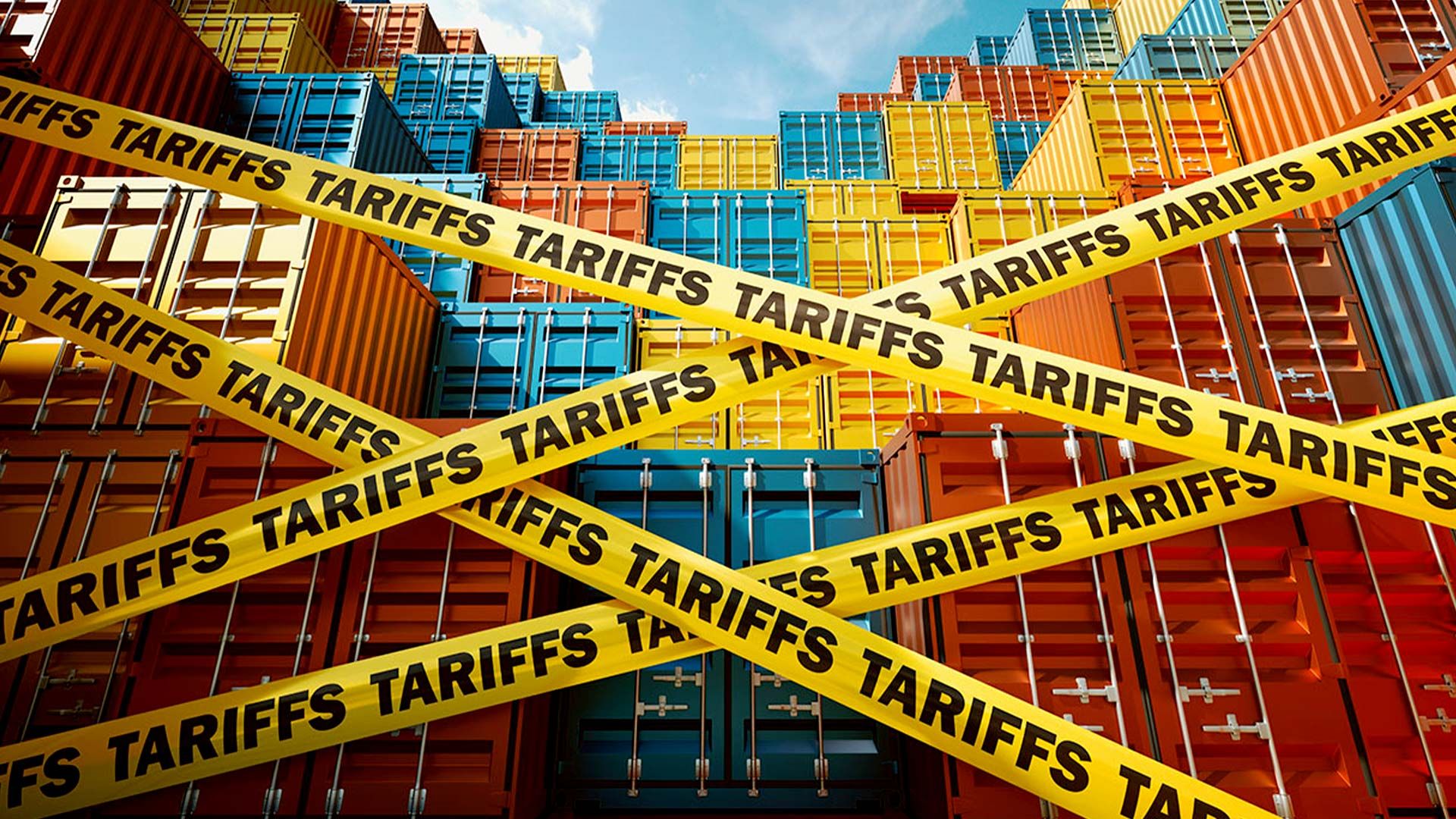September 11, 2025
A Surprise Upsurge
South Africa’s Economic Growth Surpasses Expectations in Q2 2025

Demand Dynamics: Retail Resilience and Credit Consumption
Key indicators of demand within the South African economy, such as retail and wholesale sales, have painted a nuanced picture. Retail sales rose by 0.9% from the first quarter, signalling resilience among consumers. Conversely, wholesale trade faced a contraction of 0.4% over the same period, indicative of mixed consumer confidence and spending patterns.
Total imports saw a slight decline of 0.5%, highlighting a cautious consumer environment. However, demand for credit increased by 1.8%, with consumers increasingly turning to short-term borrowing to cope with rising living costs. This trend is exacerbated by increased administered costs, including hikes in electricity and water prices. Interest rate reductions, in line with low consumer inflation, provided some relief, leaving households with more disposable income after debt servicing.
Supply Insights: Mining Momentum and Manufacturing Challenges
On the supply side, South Africa’s output—integral for both domestic consumption and international trade—has experienced varied outcomes. The mining sector demonstrated robust growth, with GDP reports showing a 3.7% increase in Q2 2025. Production volumes and sales values rose by 3.1% and 6.6%, respectively, reflecting a strong quarter-on-quarter performance.
The manufacturing sector, however, delivered mixed results. While quarterly growth showed a 1.8% increase, the sector saw an annual contraction, signalling long-term challenges and market uncertainties affecting the sector adversely. Exports provided a bright spot, growing by 5.6% quarterly, driven by agricultural exports to the US, which surged by nearly 26% ahead of looming trade tariffs that will take effect during the third quarter of 2025.
Challenges Ahead: US Trade Tariffs and Business Confidence
Despite this growth, South Africa faces significant hurdles, notably the imminent 30% US trade tariffs on South African goods, effective from August 7th. These tariffs threaten to diminish the country’s competitive pricing and market share in the US, posing risks to the manufacturing and agricultural sectors. The potential loss of the African Growth and Opportunity Act (AGOA) could exacerbate these challenges, impacting approximately 100,000 jobs.
Business confidence has also waned, with indices such as the RMB/BER business confidence index and the PMI indicating an anticipated tougher economic climate post-tariffs. Business closures, including ArcelorMittal’s long steel sector and Goodyear’s tyre manufacturing in Kariega, further underscore the fragile state of the economy.
Path Forward: Policy and Structural Reform
The closures of businesses and manufacturers do not bode well for South Africa’s economy, particularly in terms of growth and employment creation. This is especially concerning given that South Africa ranks last among 48 countries in the IMF’s Ease of Doing Business Index, which compares regulations for doing business across nations.
It is estimated that for every 1% increase in South Africa’s economic growth, approximately 100,000 new jobs are created in the formal sector. Therefore, South African policymakers must do everything possible to ensure that the economy grows by well more than 1%, rather than less.
Trade tariffs and reduced access to the US market, South Africa’s second-largest trading partner, must be addressed as a matter of urgent priority. The gravity of the situation and its potential impact on the country, the economy, and its citizens cannot be overstated. While strengthening diplomatic relations and trade agreements with the US is important, South Africa will also need to consider fundamental shifts in its economic policies and its outward foreign relations stance globally.
To unlock the full potential of the South African economy, the country must adopt more market-friendly policies, improve the ease of doing business, and review restrictive labour laws and minimum wage regulations—particularly in a context where nearly 60% of youth are unemployed. Addressing these issues is crucial in response to the ongoing unemployment crisis and to create an environment conducive to growth.
Furthermore, South Africa must confront its persistent economic and structural challenges. This will require clear policy direction and progress on structural reforms to position South Africa as a competitive investment destination in a global landscape that is fiercely vying for foreign direct investment and international funds.











